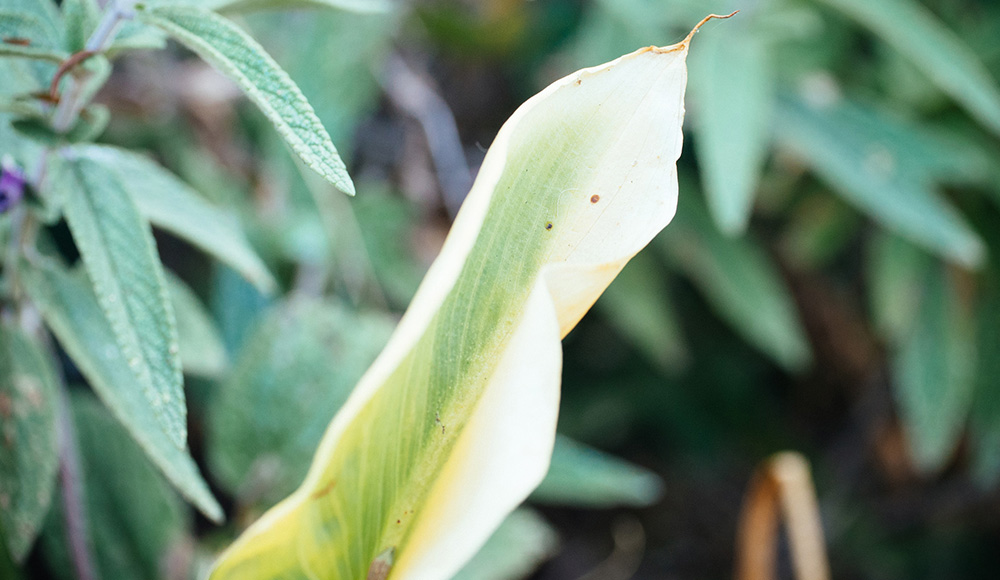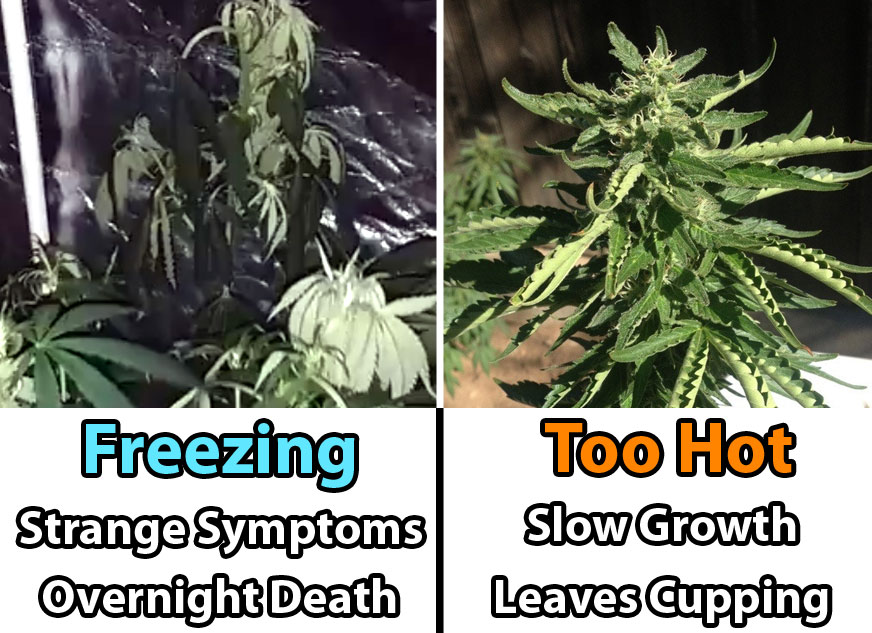

Spider mites suck chlorophyll from leaf tissues, creating fine white spots referred to as stipples and also resulting in leaf yellowing.Leaves may yellow and die if sufficient nutrients are not available to plant roots.Low yields and reduced eating quality can be expected if plant growth is checked significantly at any point in the life cycle from seedling to fruit maturation.Avoid damaging plant roots through cultivation, tilling, or walking on the soil.an empty 1-gallon plastic milk jug with the bottom removed) over each individual plant. Protect plants from wind and cold with row cover material, a cold frame, or a cloche (e.g.

Keep soil evenly moist and fertilize with a balanced soluble fertilizer after seedlings emerge or after transplanting.Avoid plants with roots that are brown and growing around the bottom of the container. Use high-quality seed and transplants.Plant in well-drained soil high in organic matter.Providing optimum conditions for good growth at this early stage will help ensure healthy growth and good yields through the season. Some of the environmental stressors that contribute to leaf yellowing are temperature extremes wide temperature swings cold, cloddy, compacted, or waterlogged soil drought high winds and poor quality seeds or transplants. Leaf yellowing and discoloration of seedlings and transplants can be caused by a wide variety of factors.


 0 kommentar(er)
0 kommentar(er)
